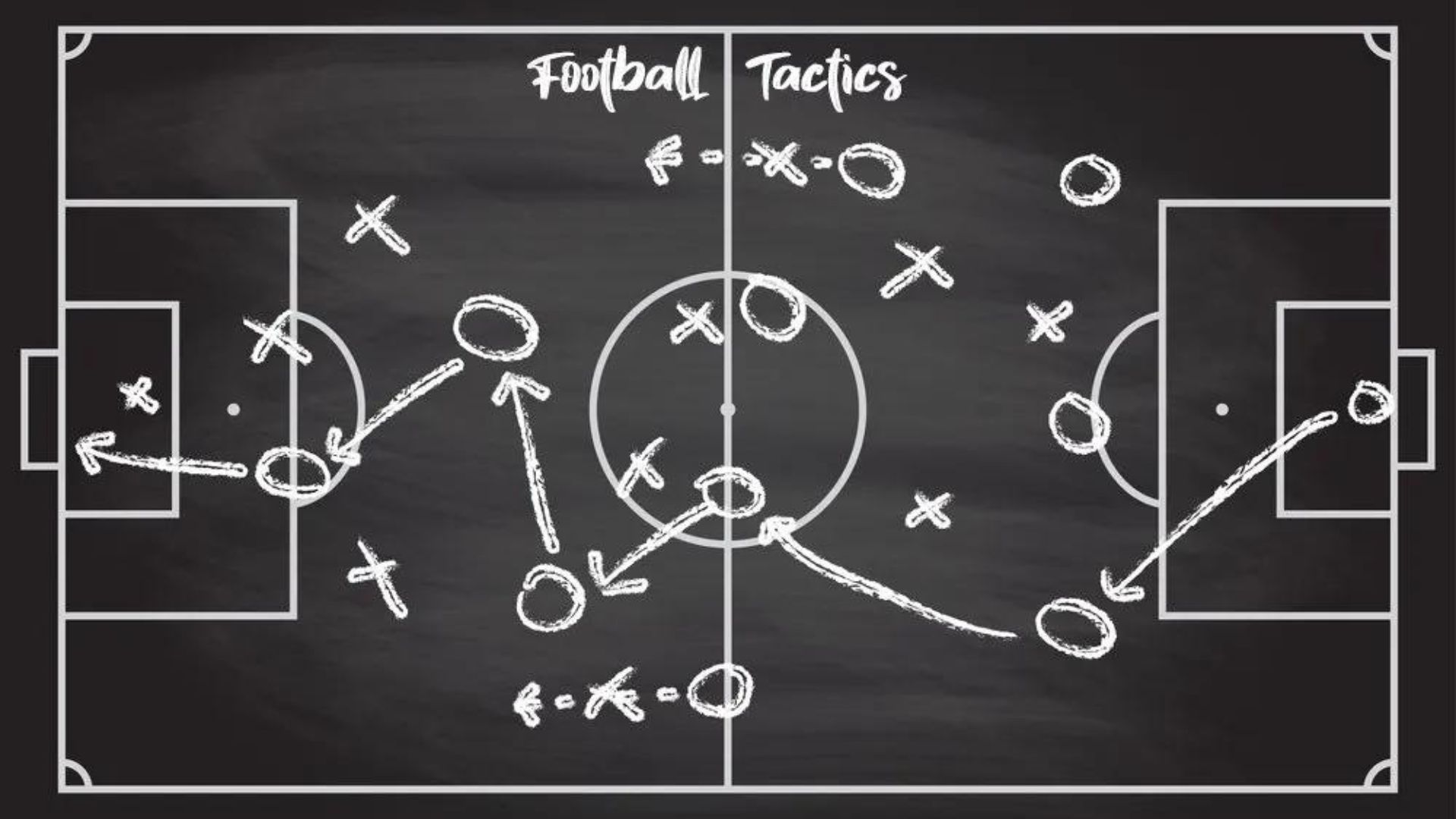Football strategies for offensive and defensive domination revolve around the perpetual struggle between offense and defense. While the offense aims to advance the ball and score, the defense seeks to halt their progress at every turn. Mastery of both aspects of the game is essential for achieving success on the gridiron.
Offensive Playbooks
For offenses, a well-defined strategy forms the backbone of success. Here are some key approaches to consider:
The Run vs. Pass Debate
Finding the right balance between running and passing is crucial. A strong running game establishes a physical presence, opens up passing lanes, and keeps the defense honest. However, a potent passing attack can exploit mismatches and score quickly. Studying your opponent’s defensive tendencies and tailoring your playcalling accordingly is vital.
Offensive Formations
Formations dictate pre-snap alignments and influence the play’s development. The West Coast offense, for example, relies on short, precise passes and requires a mobile quarterback. Conversely, the Single-Wing formation emphasizes a powerful running game with misdirection. Choosing the right formation depends on your team’s strengths, personnel, and the desired offensive philosophy.
Scheming for Success
Moreover, plays are the building blocks of offensive strategy. Playbooks contain a diverse range of run and pass plays designed to attack different areas of the field. Zone-read plays, where the quarterback reads a defensive player to decide between running or throwing, can create confusion and gain yards on the ground or through the air. Screen passes, where a running back acts as a blocker for a quick throw, can exploit blitz packages and get the ball into the hands of playmakers in space.

Defensive Strategies
A successful defense relies on communication, discipline, and a well-coordinated scheme. Let’s delve into some key defensive strategies:
Defensive Alignments
The base defense, such as a 4-3 with four down linemen and three linebackers, dictates how players align before the snap. Nickel and dime defenses, with additional defensive backs on the field, are often used against pass-heavy offenses. Subsequently, choosing the right defensive alignment allows the defense to match the offensive personnel and formations.
Coverages
Coverages dictate how the secondary defends the pass. Man coverage assigns each defensive back to a specific receiver, while zone coverage divides the field into zones for defenders to patrol. Additionally, knowing the opponent’s offensive tendencies allows the defense to call the appropriate coverage to best defend against their passing schemes.
Blitzing
A well-timed blitz, where extra defenders rush the passer, can disrupt the offensive rhythm and force hurried throws. However, blitzing leaves fewer defenders in coverage, making the defense susceptible to big plays if the blitz is unsuccessful. Understanding the risk-reward of blitzing and employing it strategically is crucial for defensive success.
The Art of Adjustments
Furthermore, the best strategies are dynamic and adaptable. Just as offenses adjust their playcalling based on the defense, defenses need to make adjustments at the line of scrimmage based on offensive formations and pre-snap reads. Defensive coaches may call for zone blitzes that combine blitzing with zone coverage, or audible to a different coverage pre-snap if they recognize a specific passing formation.
The Intangibles of Success
While strategic mastery is essential, football is ultimately a game won by the team that executes better and displays superior mental toughness. Strong leadership, effective communication, and a relentless pursuit of improvement are all crucial intangibles. A team that can overcome adversity, capitalize on opportunities, and stay focused throughout the game will have a significant advantage.
Conclusion
In conclusion, football strategy is a vast and ever-evolving landscape. By mastering offensive and defensive schemes, adapting to changing situations, and fostering a culture of excellence, teams can position themselves for success. Remember, football is a team sport, and the most effective strategies are those that leverage the strengths of all eleven players on the field. So, study the game, strategize effectively, and watch your team dominate the gridiron.




